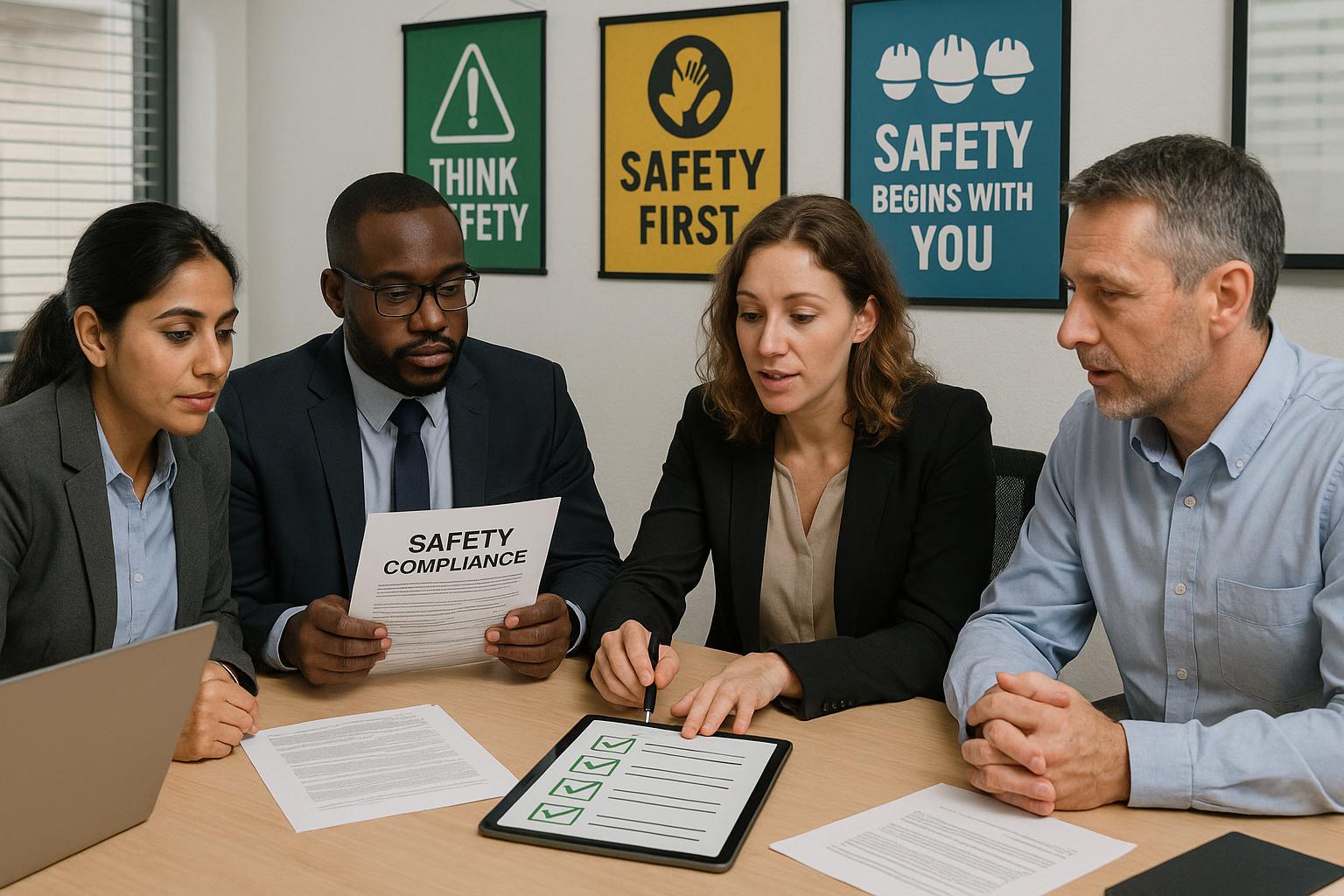Taking over a safety department can be a daunting task, especially if you are new to the field. The responsibility of ensuring the safety of employees, facilities, and equipment can be overwhelming. However, with a little bit of guidance and research, you can quickly become an effective safety department head. This article will provide you with the tools and knowledge you need to lead your safety department with confidence.
The First Steps: Understanding Your Role and Responsibilities
As the head of a safety department, you have a crucial role in maintaining a safe work environment. Your responsibilities include:
- Developing and implementing safety policies and procedures
- Conducting regular safety inspections and audits
- Investigating and reporting on accidents and incidents
- Providing safety training to employees
- Ensuring compliance with government safety regulations and standards
Getting to Know Your Team and Resources
One of the first things you should do as the new safety department head is to get to know your team and the resources available to you. This includes:
- Understanding the skills and experience of your team members
- Familiarizing yourself with the equipment and technology used for safety purposes
- Learning about the policies, procedures, and guidelines already in place
- Building relationships with other departments and stakeholders involved in safety management
Conducting a Safety Audit: A Step-by-Step Guide
A safety audit is an important tool that can help you assess the strengths and weaknesses of your safety program. Here’s a step-by-step guide to conducting a safety audit:
- Determine the scope of the audit
- Gather information and data related to safety management
- Conduct on-site inspections and walkthroughs
- Identify potential hazards and risks
- Evaluate current safety policies, procedures, and guidelines
- Prepare a report that summarizes your findings and recommendations
Implementing Changes: Tips and Tricks
Based on the results of your safety audit, you may need to make changes to improve the safety program. Here are some tips and tricks to keep in mind when implementing changes:
- Communicate with employees and stakeholders about the changes
- Ensure that the changes align with government regulations and standards
- Train employees on new policies, procedures, and guidelines
- Continuously monitor and evaluate the effectiveness of the changes
FAQs:
Q: What should I do if I am not familiar with safety regulations and standards?
A: It’s important to familiarize yourself with government safety regulations and standards as soon as possible. You can start by reading relevant legislation and guidelines, and seeking advice from industry experts and professional organizations.
Q: How do I build relationships with other departments and stakeholders involved in safety management?
A: Building relationships with other departments and stakeholders involves open communication, collaboration, and a willingness to work together to achieve a common goal. Regular meetings and updates can help maintain strong relationships.
Conclusion:
Taking over a safety department can be a challenging but rewarding experience. With a strong understanding of your role and responsibilities, the skills and resources available to you, and the right approach to conducting safety audits and implementing changes, you can lead your safety department with confidence. Remember to stay informed and up-to-date on government regulations and standards, and always prioritize the safety and well-being of your employees. By doing so, you will not only meet the expectations of your role but also contribute to creating a safer and more productive work environment for everyone.
In conclusion, taking over the safety department can seem like a daunting task, but with the right approach, you can quickly become an effective leader in this field. Start by understanding your role and responsibilities, get to know your team and resources, conduct regular safety audits, and continuously evaluate and improve your safety program. Remember, your ultimate goal is to ensure the safety and well-being of your employees and create a safe work environment for everyone. “Taking over the safety department and don’t know what to do” is a common challenge faced by new safety department heads, but with the right guidance and support, you can overcome it and succeed in your role.



